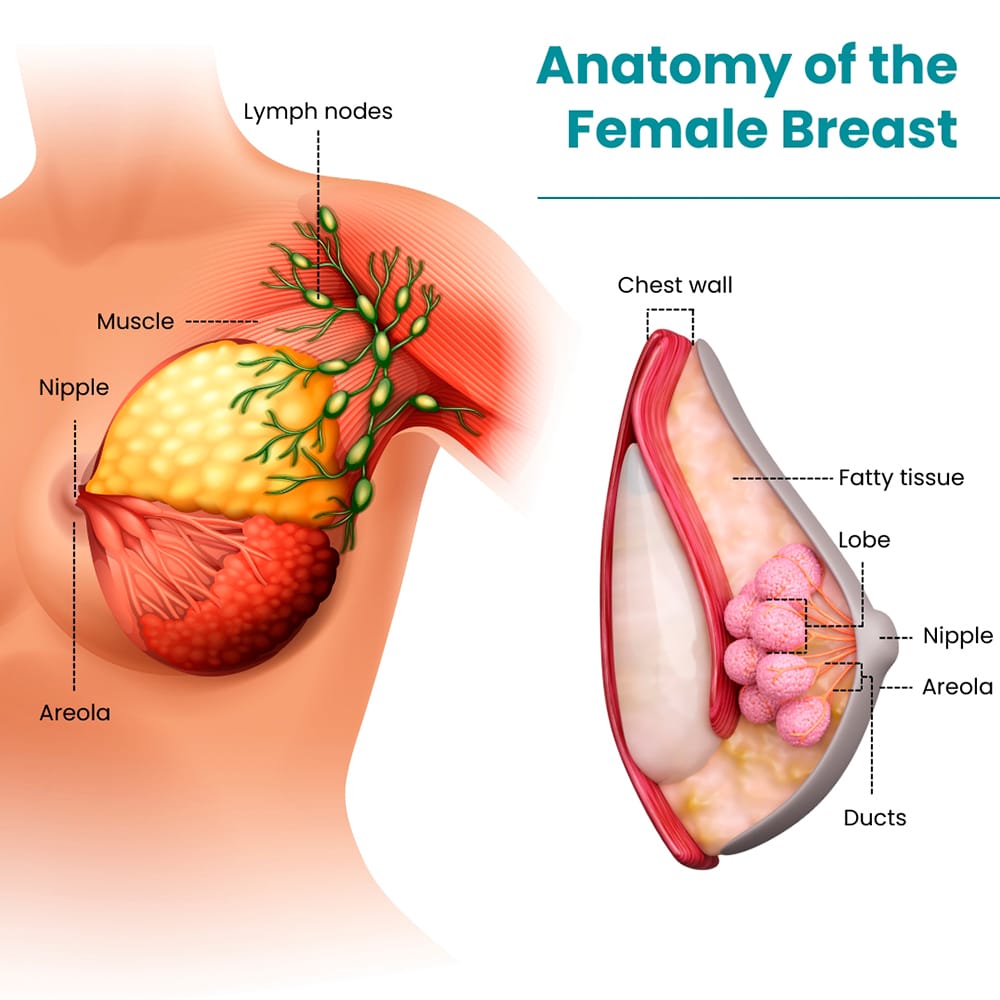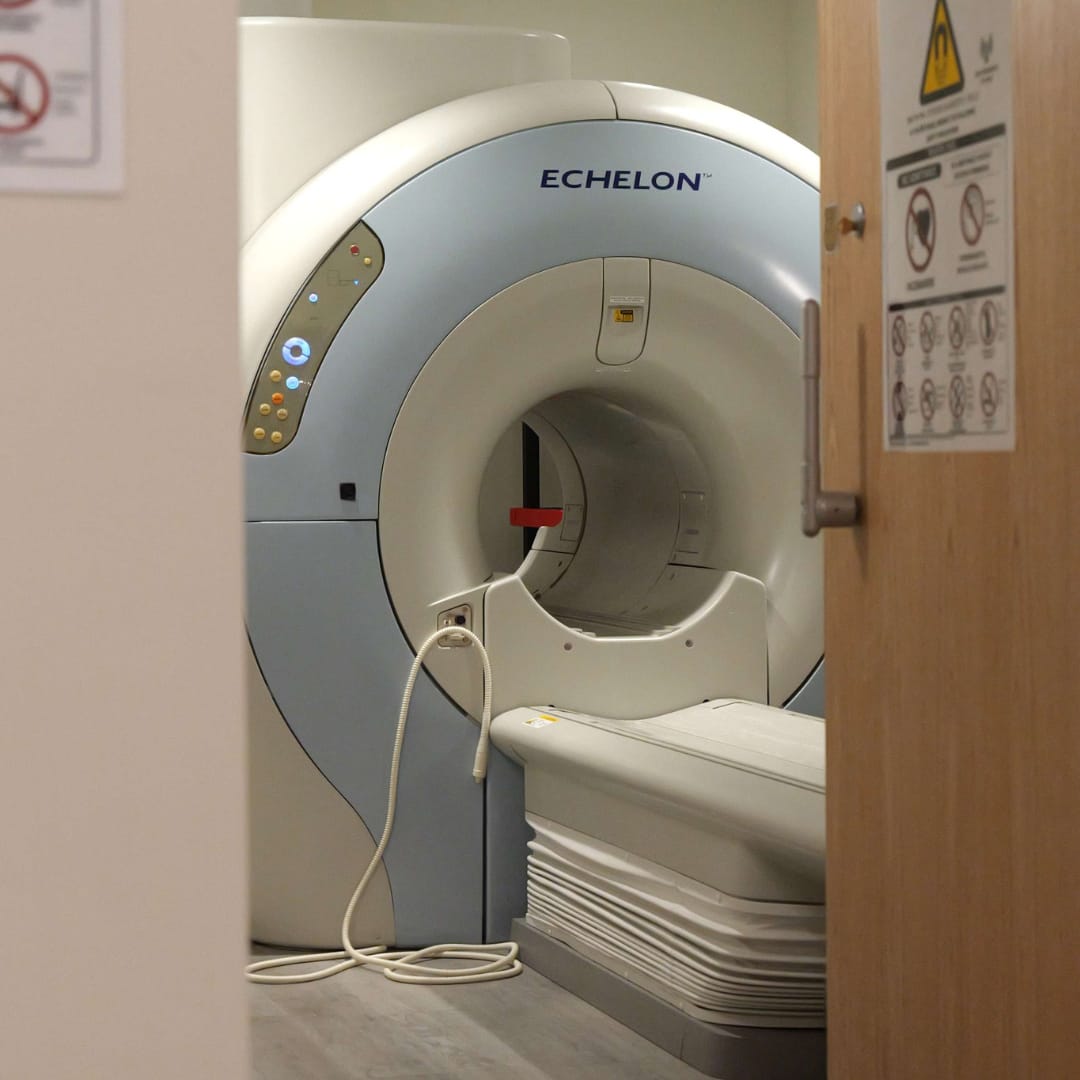Women experience breast changes when they lose or gain weight, and sometimes breasts change for no obvious reason. Age, hormonal levels, and medicines can cause lumps, bumps, and discharges. Minor and serious breast problems have similar symptoms. If you have a breast lump, pain discharge, or skin irritation, it is essential to consult your healthcare provider.
Breast disorders can be noncancerous and benign or cancerous and malignant. Most breast problems are noncancerous, non-life-threatening and do not require treatment. However, breast cancer needs prompt treatment and may involve surgery or other intensive treatment. Rarely do men develop breast cancer, but they should be aware of changes in or around their nipples.
Potential problems can often be detected early with the help of regular breast examinations with your physicians, mammograms as recommended, and MRI. An MRI can give your doctor information about your breasts, chest wall, and underarms.
 Magnetic resonance imaging (MRI) is a diagnostic exam that uses a large magnet, radio waves, and a computer to produce three-dimensional, detailed images of structures inside the breast.
Magnetic resonance imaging (MRI) is a diagnostic exam that uses a large magnet, radio waves, and a computer to produce three-dimensional, detailed images of structures inside the breast.
A breast MRI looks specifically at the breast and helps physicians determine what the inside of the breast looks like without having to do surgery or flatten the breast, as in a mammogram. A breast MRI can offer more information about the extent of breast cancer than is possible with a mammogram alone. When used with mammography and breast ultrasound, an MRI can be a useful diagnostic tool and help in detecting small breast lesions, which are often missed by mammography. It can show the extent of the cancer or an issue with the other breast.
It also helps discover breast cancer in women with breast implants and in younger women with dense breast tissue when mammography is not so effective. MRI tells the difference between diseased tissues and normal tissues better than X-ray, CT scan, and ultrasound and enables physicians to monitor treatment progress.
A breast MRI can be used in different situations.
They include:
Your doctor may ask for a breast MRI if you have a family history of breast cancer, have had radiation treatment to the chest between the ages of 10 and 30 such as for treatment of Hodgkin disease, genetic disorders such as Li-Fraumeni syndrome, Cowden syndrome, or Bannayan-Riley-Ruvalcaba syndrome or have a first degree relative with the syndrome.
Breast MRI is also ordered to find out how well chemotherapy and other treatments are working. When chemotherapy is started before the breast cancer surgery, an MRI can determine how well the chemotherapy is working to shrink the tumor. One breast MRI test may be done at the beginning, and the other may be done at the middle or end of the chemotherapy treatment.

Metal and electronic devices are not allowed in the room as they can interfere with the magnetic field of the MRI unit, cause burns, and get damaged.
Inform your doctor if you have any of the following in your body:
Your MRI may have to be rescheduled or canceled if you fail to provide correct information regarding the type of devices or certain metals in your body.
An MRI is a simple diagnostic test that does not cause any pain. The only problem you may face is lying on your stomach while the scan takes place.
There is no post-MRI care. However, it is best to move slowly when you are getting up from the table to avoid any dizziness or lightheadedness from lying still for the procedure.
If you were given a relaxant or anti-anxiety medication for the procedure, you may be required to rest until its effects have worn off. You will need someone to drive you home. Some people have a reaction to the contrast dye used for the scan, such as itching, swelling, rash, or difficulty breathing. They are usually mild and can be managed with medication.
You can resume your diet, medication, and routine activities unless your doctor has advised otherwise. However, if your exam was an MRI breast biopsy, you will be provided further instructions. Nursing mothers can choose not to breastfeed for 12 to 24 hours after a breast MRI with contrast. Drinking lots of water helps to flush the contrast out of your bloodstream.
If you notice any pain, redness, or swelling at the IV site after you return home, call your doctor as this could be a sign of an infection or other reaction. Your doctor may provide additional or alternate instructions, depending on your situation or medication condition.
After the scan is over, a specialized doctor, called a radiologist will review and interpret the images taken and create a formal report. This report is then sent to your referring doctor, and they will share the test results with you. You can also access your report and images online or have them transferred on a CD for your record.
It is necessary to schedule an appointment with your doctor so they can explain what the results mean and plan the next step in your care. Depending on whether you got a breast MRI for screening purposes, diagnostic purposes, or to evaluate known cancer, your report may look different. Your doctor will help you understand what it indicates.
Radiologists use a system called the Breast Imaging Reporting and Database System, or BI-RADS, to report what they find on a breast MRI mammogram or an ultrasound. This system sorts the results into categories numbered 0 through 6 and helps describe what was found on a breast exam.
An MRI exam does not pose any risk to the average patient when proper safety guidelines are followed, but there may be risks depending on your medical history or health condition.
A breast MRI is a non-invasive procedure that has proven valuable in detecting and staging breast cancer, particularly when other imaging studies fail to provide adequate information. Understanding what it involves and how to prepare for the scan makes the process less intimidating and helps you go through it smoothly.
Does your doctor suspect something unusual in your breast and want to further examine the area with an MRI? If yes, call Manhattan MRI today and schedule a scan to get screened for and diagnose breast cancer and other breast abnormalities. Our specialists offer the highest quality scanning services that focus on irregularities of your breast tissue and identifying your condition accurately to make the best decisions regarding your health.